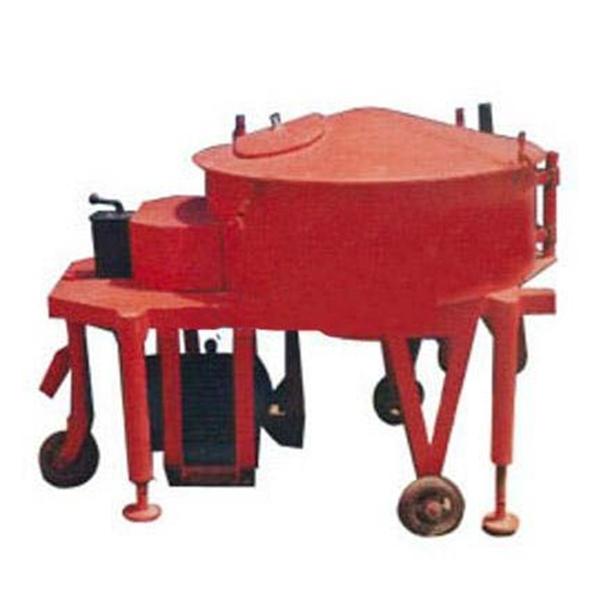product name
:SJD-60
Type forced single-shaft concrete mixerone,
SJD-60
Brief description of the type of forced single-shaft concrete mixer product:Produced by our factory
SJD-30
The single-shaft and forced concrete mixer is suitable for the building research and construction company and the concrete component unit test room. It can mix ordinary concrete and lightweight concrete, and can also be used in special equipment for mixing different materials in other industry laboratories.A concrete mixer that mixes cement, sand and gravel materials with water and makes a concrete mix. The concrete mixer consists of a mixing drum, a feeding and unloading mechanism, a transmission mechanism, a frame and a support device. The concrete mixer is driven by a power mechanism connected to the shaft and the transmission mechanism, and a ring gear disposed around the drum cylinder is mounted on the drum cylinder, and a gear meshing with the ring gear is arranged on the transmission shaft to realize the stirring work. The structure of the concrete mixer is simple and reasonable. After the gears and ring gears are meshed, it can effectively overcome the slip phenomenon between the roller and the mixer drum during rain and fog weather. The transmission mechanism can further ensure the slippage between the roller and the mixer roller. phenomenon.
three,
SJD-60
Type of forced single-shaft concrete mixer operating procedures1
Before starting, first check whether the rotating part and the barrel are scratched. If there is scratch, it should be adjusted in time.
2
The gearbox should be filled with oil before it can be used. The unloading worm gear and sliding bearing should also be filled with oil.
3
Clean the material in the barrel, lock the barrel limit device, and then start the machine. If the running direction is not met after the start, the power should be cut off in time, and any two phase lines of the wire should be interchanged. Restart again.
4
Put the concrete mixture into the barrel, close the tube cover, and adjust the timing of the time relay according to the mixing time (must be adjusted in case of power failure).
5
When the start button is pressed, the spindle will drive the mixer to run, and automatically stop after the set time is reached.
6
Stop the machine first, then release the material position limit by the handle, then rotate the hand wheel. The worm wheel rotates the barrel to the position where it is easy to discharge, stops the rotation, and then starts the machine to make the spindle run to discharge the material until Clean the material to stop the spindle and rotate the handwheel to reset the cylinder.
7
Clean the barrel and put the water into the barrel to make the spindle run. Clean the residual material in the barrel or wash it with sand.

SANCO's comprehensive line of magnetic, Piezo and solid state audio indicators range in size from 9.6 mm to 50 mm with available mounting styles including through hole, surface mount, wire leads, panel mount and screw terminals. Thanks to a built-in driving circuit, our audio indicator buzzers ease implementation during the development process. Several waterproof audio indicators as well as washable models are also available, making this product family well suited to address the needs of the most challenging audio alert applications. With sound pressure levels (SPL) up to 105 dB, SANCO' s piezo and magnetic audio indicators are the ideal solution for consumer electronics, medical devices, household electronics, industrial applications and more.
Piezo Buzzer,Micro Piezo Buzzer,Active Piezo Buzze,Passive Piezo Buzzer
NINGBO SANCO ELECTRONICS CO., LTD. , https://www.sancobuzzer.com